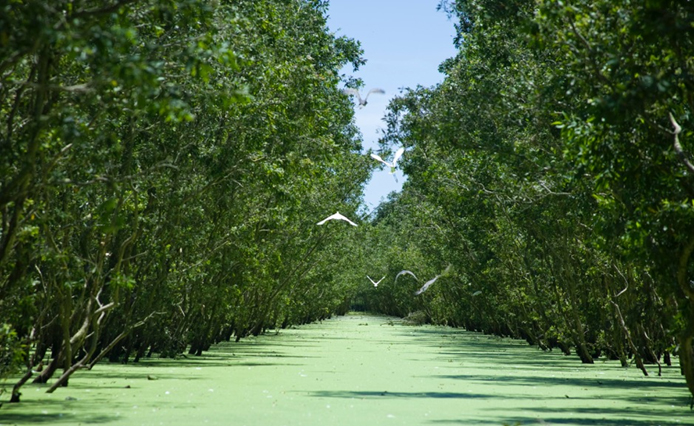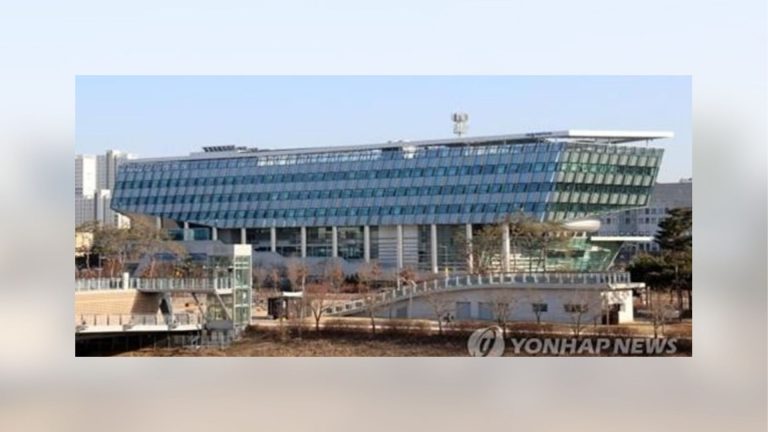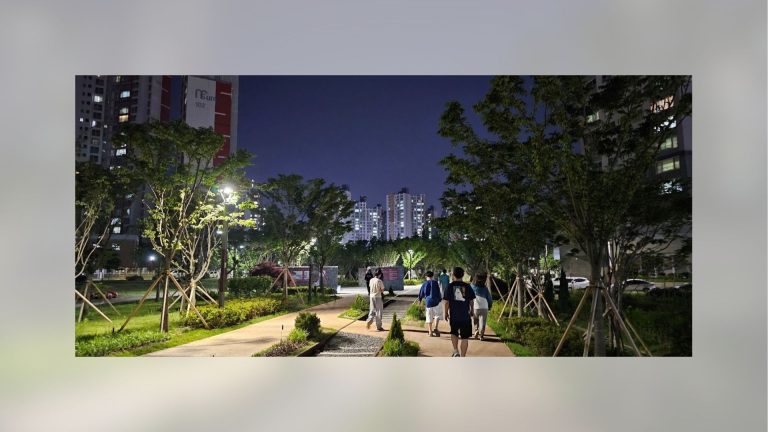Background
Vietnam is a country with long and narrow demographical shape and a long eastern sea board. The Asian Disaster Reduction Center (ADRC) has well recorded that four to six typhoons strike the country annually, variation happens with fewer typhoons in some years (i.e. only three typhoons in 2001). Unfortunately, Vietnamese people did not put particular attention to this matter. This was worsen by the absence of continued preparedness activities.
The collaboration between local communities, humanitarian organisations and local governments in Vietnam have presented a solution to this annual calamity, through a Disaster Preparedness Programme that reached out to eight provinces in Vietnam (Quang Ninh, Hai Phong, Ninh Binh, Thanh Hoa, Nghe An, Thai Binh, Nam Dinh, and Ha Tinh).
Initiative
Mangroves planting has proved to be effective. It constitutes a green wall and protect sea dykes against typhoon waves. Initially carried out for environmental reasons, the initiative has positive impacts in preventing flood in agriculture fields or settlements and providing shelter for fishing boats during typhoons.
Implementation of this initiative has been supported by local community, through various awareness raising activities conducted in creative ways, such as drawing, drama and folksongs. The communities protect the mangroves by establishing a team to take good care of it right after planting.
Impacts
- Number of death people greatly reduced: only 4 people died during typhoon in 2003, while during typhoon 1996-2002 more than 6,000 people died.
- Mitigation of dyke erosion (the average reduction in annual expenditure for dyke maintenance is around VND600– VND700 million/km of dyke).
- Increased sea product collection (after one morning working in the mangroves, collectors could earn from VND30,000 to VND50,000 from selling baby crab).











